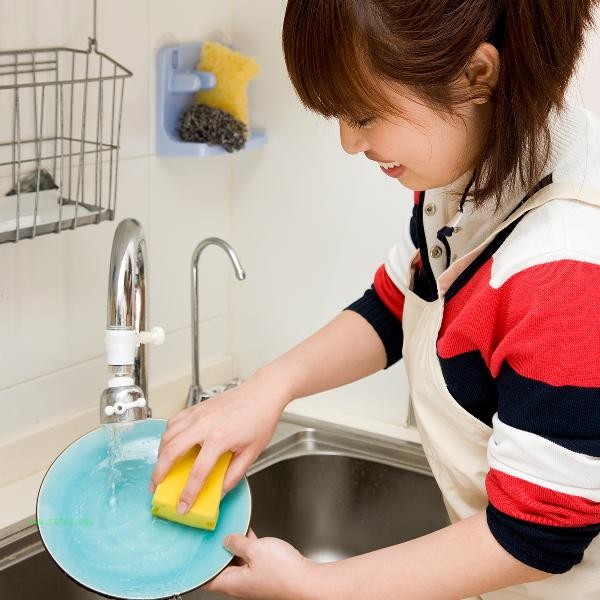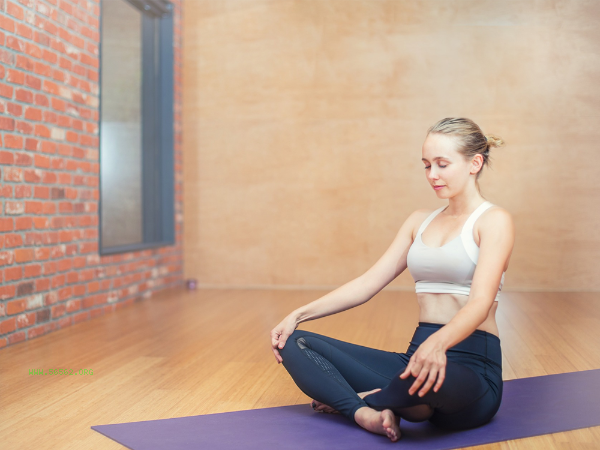The most effective exercises for training abdominal muscles with elastic ropes include abdominal roll, reverse abdominal roll, Russian rotation, lateral plank support, and supine leg lifting. These movements can effectively stimulate core muscle groups such as rectus abdominis and oblique abdominis, and when combined with elastic rope resistance, can increase training intensity.

1. Roll the belly
Fix the elastic rope at a high place, hold both ends with both hands and place them on the chest. Bend your knees and lie down, then apply force through your abdomen to lift your shoulders off the ground and feel the contraction of your abdominal muscles. The vertical resistance provided by the elastic rope can enhance the centrifugal contraction effect of muscles, making it suitable for beginners to master the core power mode. Be careful to avoid neck compensation and maintain a neutral position of the cervical spine by slightly retracting the lower jaw.
2. Reverse abdominal roll
elastic rope is fixed at a low position, and when lying down, hook the elastic rope with the sole of the foot. By exerting force through the lower abdominal muscles, roll the pelvis towards the chest cavity, and briefly pause at the end of the movement to enhance stimulation. This action has a significant activation effect on the lower abdominal muscles, and the resistance of the elastic rope can effectively counteract the inertial force of the hip flexors.
3. Russian Rotation
Sitting posture, bend your knees and secure the elastic rope around your back, holding the rope in front of your chest with both hands. Control the left and right rotation of the trunk through the oblique muscle of the abdomen to keep the buttocks stable and not off the ground. The elastic resistance of the elastic rope can automatically adjust the load according to the rotation amplitude, which can stimulate the growth of the external oblique muscle fibers more effectively than manual training.

4. Side Flat Support
When lying on the side, wrap the elastic rope around the waist and fix it to the ground, using elbow support to form a side flat posture. By exerting force through the lateral abdominal muscles to resist the lateral tension of the elastic rope, the body maintains a straight line state. This action can strengthen deep muscle groups such as the transverse abdominis and improve the trunk's resistance to rotation.
5. Lie down and lift legs
In the supine position, fix the elastic rope to the ankle, slowly lift the legs together to 90 degrees, and then control the fall. The elastic rope generates progressive resistance during the falling phase, forcing the abdominal muscles to maintain tension continuously, which has a better isolation effect on the hip flexors compared to traditional leg lifts.

When using elastic rope training, it is necessary to choose the appropriate resistance level, and it is recommended to gradually adapt from the lightest resistance. Complete 12-15 movements per group, with 3-4 movements selected for each training cycle. Warm up and stretch thoroughly before and after training to avoid sudden increases in resistance that can cause muscle strain. Combining aerobic exercise and protein supplementation can accelerate the appearance of abdominal muscle morphology, but it is important to pay attention to dietary control of body fat percentage in order to achieve optimal visual effects.








Comments (0)
Leave a Comment
No comments yet
Be the first to share your thoughts!